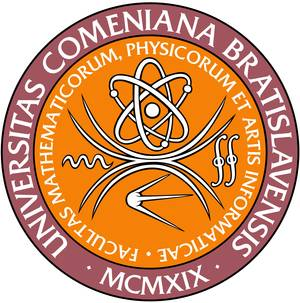Faculty of Mathematics, Physics and Informatics, Comenius University Bratislava |
QUANTIFYING THE CHEMICAL COMPOUNDS THAT EMERGE DURING THE POLYMER PROCESSING BY A SURFACE DIELECTRIC BARRIER DISCHARGE UTILIZING LIQUID ELECTRODESGalmiz O., Cimerman R., Machala Z. |
|
Abstract: In spite of the rapid expansion of low-temperature plasma physics and technology applications, numerous plasma processes remain inadequately comprehended, particularly the physical and chemical interactions occurring between plasmas and solid or liquid substrates. Consequently, it becomes imperative to implement precise diagnostic methodologies to quantify the flow of chemically active species generated during these processes, identify the relevant reaction pathways, customize product formations to suit specific applications, and gain further insight into plasma-induced reactivity.
|
|
|

|
|
HOME |
| NEWS |
| STAFF |
| RESEARCH |
| PUBLICATIONS |
| STUDENTS |
| LINKS |
|
CONTACT
|
|
Post-doctoral positions
|

|
|
User: student Logout |